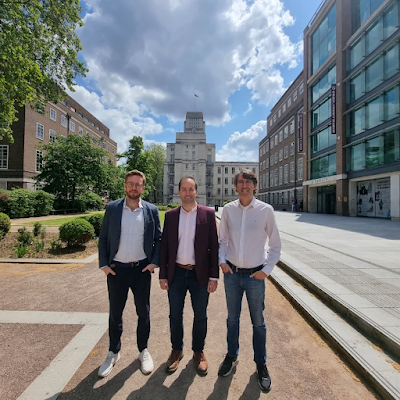Bridging Scales: a Hybrid Model to Simulate Vascular Tumor Growth and Treatment Response

Tobias Duswald , Ernesto A.B.F. Lima , J. Tinsley Oden , Barbara Wohlmuth have recently shared a very exciting pre-print going by the title " Bridging Scales: a Hybrid Model to Simulate Vascular Tumor Growth and Treatment Response " In their work the authors set to contribute to our understanding of tumour growth dynamics and, ultimately, to offer a tool to more effectively explore candidate treatment strategies, by exploiting computer simulations. In facts, the manuscript introduces a computational model to simulate vascular tumor growth, and its response to drug treatments, in 3D. It is based on two agent-based models for the tumor cells and the vasculature coevolving. The model focuses explicitly on breast cancer cells over-expressing HER2 receptors and a treatment combining standard chemotherapy (Doxorubicin) and monoclonal antibodies with anti-angiogenic properties (Trastuzumab). However, large parts of the work presented can generalize to other scenarios. Very exc...


